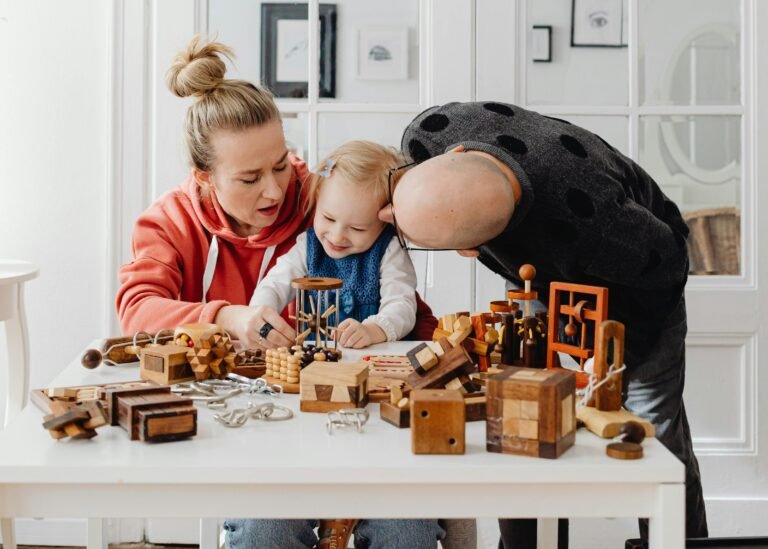
Ensuring Safe, Non-Toxic Materials for Baby Toys and Stationery
It’s been some time since I last composed a blog. An existence with twin children has been feverish to such an extent that setting aside the opportunity to write felt almost difficult. I want to believe that I can now begin sharing my considerations and encounters on a more regular basis. My little ones are growing up so quick, and they’re turning out to be really dynamic — keeping me busy the entire day!
Today, I need to discuss something exceptionally near my heart: guaranteeing the toys and stationary we give our children are non-harmful and totally protected. As a mother, I’m continually searching for ways of safeguarding my kids, and I’m certain a significant number of you feel something similar. I trust this post assists different guardians with pursuing informed decisions.
Why Safety Matters in Baby Toys and Stationery?
Children are normally inquisitive. They contact, bite, and investigate everything inside their span. This implies the materials utilized in their toys and writing material can straightforwardly affect their wellbeing. Sadly, a few items available may contain harmful synthetic compounds like lead, phthalates, or BPA, which can present serious dangers to babies’ delicate systems.
Anyway, how might we guarantee that the things we purchase for our little ones are genuinely protected? We should investigate a few pragmatic tips:
1.Search for Certifications
While looking for toys and writing material, consistently check for security affirmations like:
ASTM International Standards
EN71 (European Toy Safety Standard)
CPSIA Compliance (Consumer Product Safety Improvement Act)
These certifications guarantee that the items meet severe safety guidelines.
2.Pick Confided in Brands
Respectable brands frequently focus on safety and quality. While it very well may be enticing to go for less expensive choices, putting resources into notable, reliable brands can give you inner serenity.
3.Read Labels Cautiously
Continuously read the item names. Search for terms like “BPA-free,” “non-toxic paint,” or “PVC-free.” Stay away from items with dubious or unclear depictions.
4. Pick natural Materials
Whenever the situation allows, pick toys produced using natural materials like wood (got done with non-harmful paint) or natural cotton. These are less likely to contain unsafe synthetic substances compared to plastic.
5.Be Careful about Strong Scents
In the event that a toy or writing material thing has a strong chemical smell, it’s a warning. This could demonstrate the presence of harmful substances. Continuously pay attention to your gut feelings and stay away from such items.
6.Instruct Yourself on Materials
Understanding the materials usually utilized in child items can assist you with settling on informed decisions. Here are a few vital materials to know about:
Plastics: While not all plastics are unsafe, it’s ideal to keep away from those that contain BPA, PVC, and phthalates. Search for toys produced using food-grade silicone or polyethylene.
Metals: Guarantee any metal parts are liberated from lead and other weighty metals.
Paints and Colors: Just purchase items that utilize non-poisonous, water-based paints and colors.
7.Safe Capacity Arrangements
How you store your child’s toys and writing material can likewise affect their wellbeing. Use capacity canisters produced using non-poisonous materials, and guarantee that toys are kept perfect and liberated from residue and soil. Try not to store toys in direct sunlight, as this can corrupt specific materials over the long haul.
8.Routinely Inspect and Clean
Indeed, even the most secure toys can turn into a peril on the off chance if they break or gather dirt. Consistently examine your youngster’s toys for any indications of harm and clean them as per the maker’s rules.
9.Keep away from Little or Sharp Parts
For babies and little children, keep away from plays with little parts that could represent a stifling risk. Essentially, check writing material things like colored pencils and markers to guarantee they are planned explicitly for small kids.
As guardians, we have no control over everything, except we can settle on informed decisions to safeguard our kids. By focusing on certifications, labels and materials, we can guarantee that the toys and writing material our little ones use are both tomfoolery and safe.
I trust this post has been useful to you. How about we keep our infants blissful, healthy, and flourishing! On the off chance that you have any tips or encounters to share, go ahead and leave a remark. I’d very much want to hear from you!
